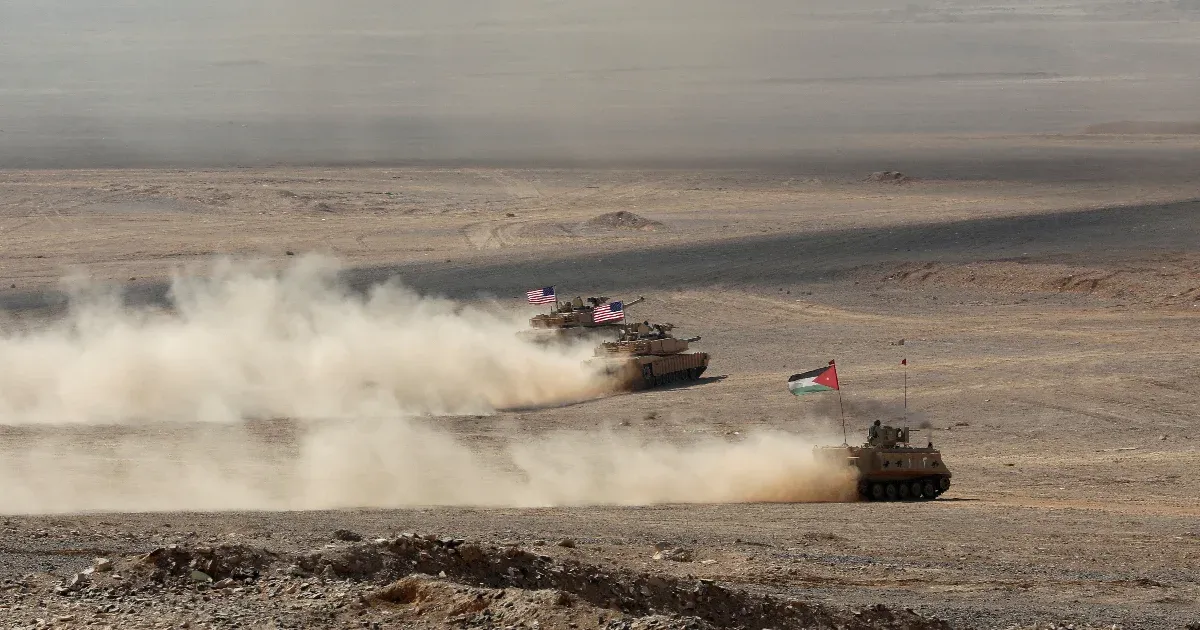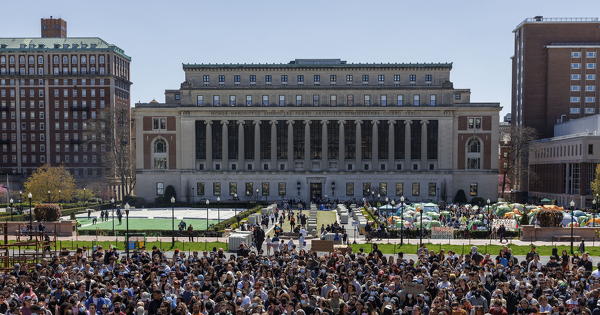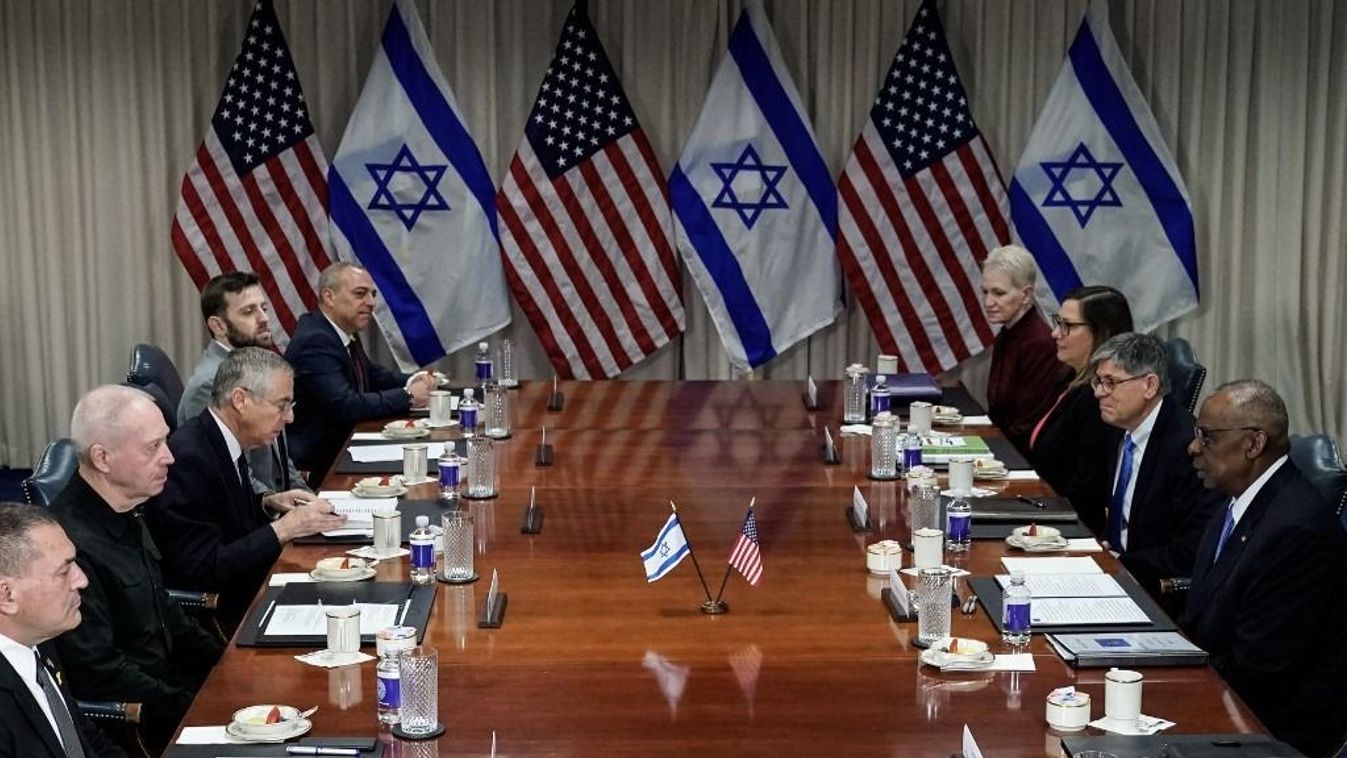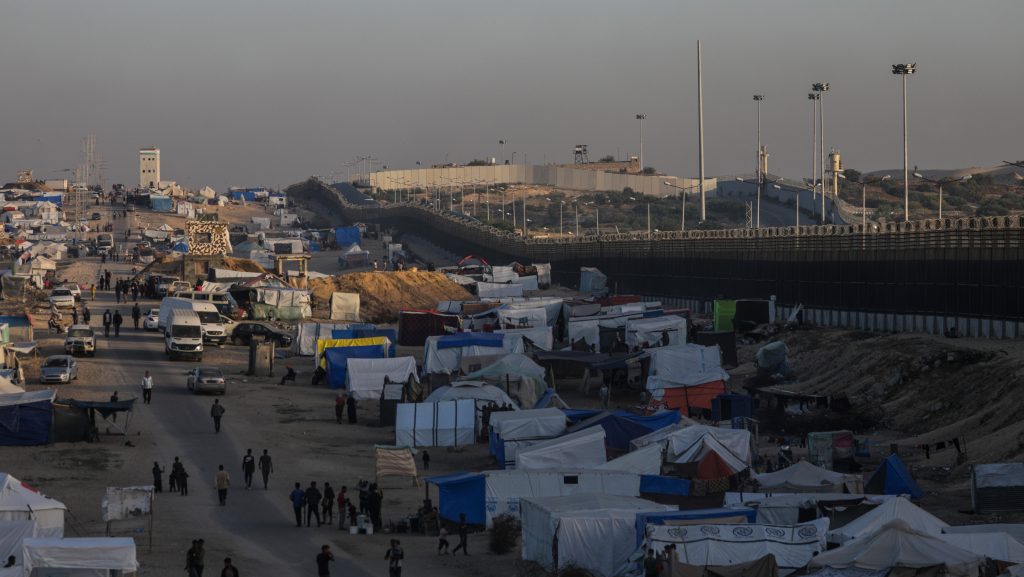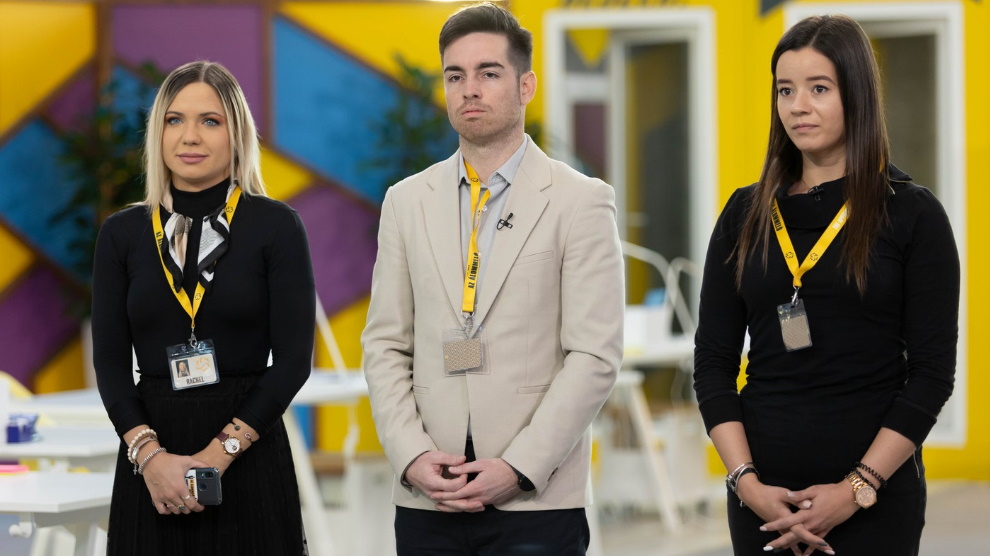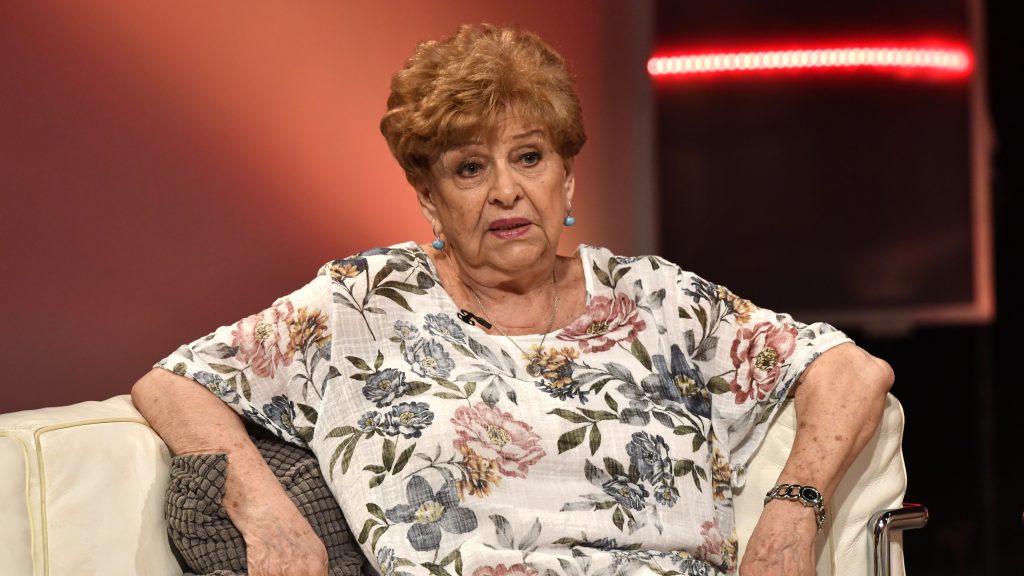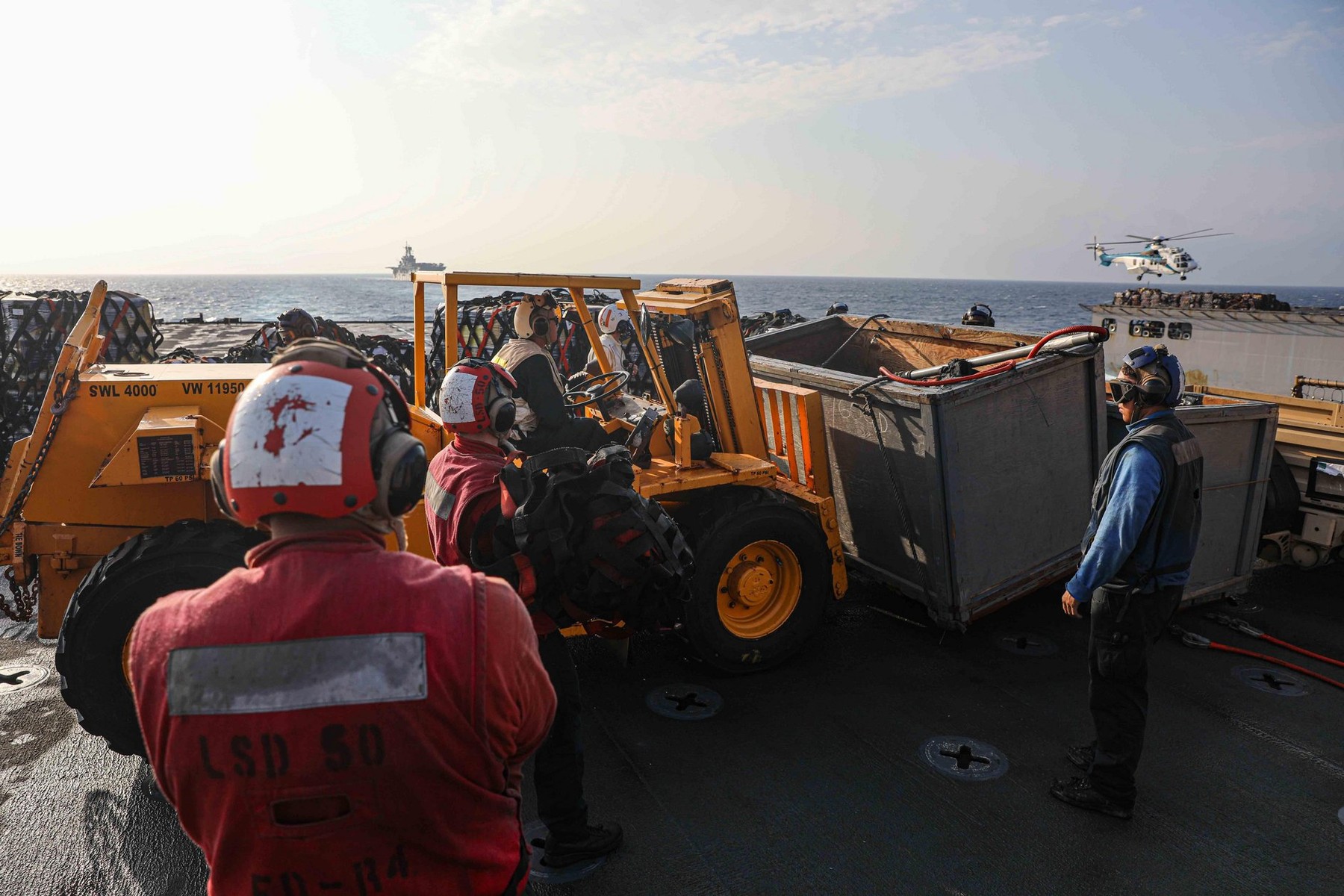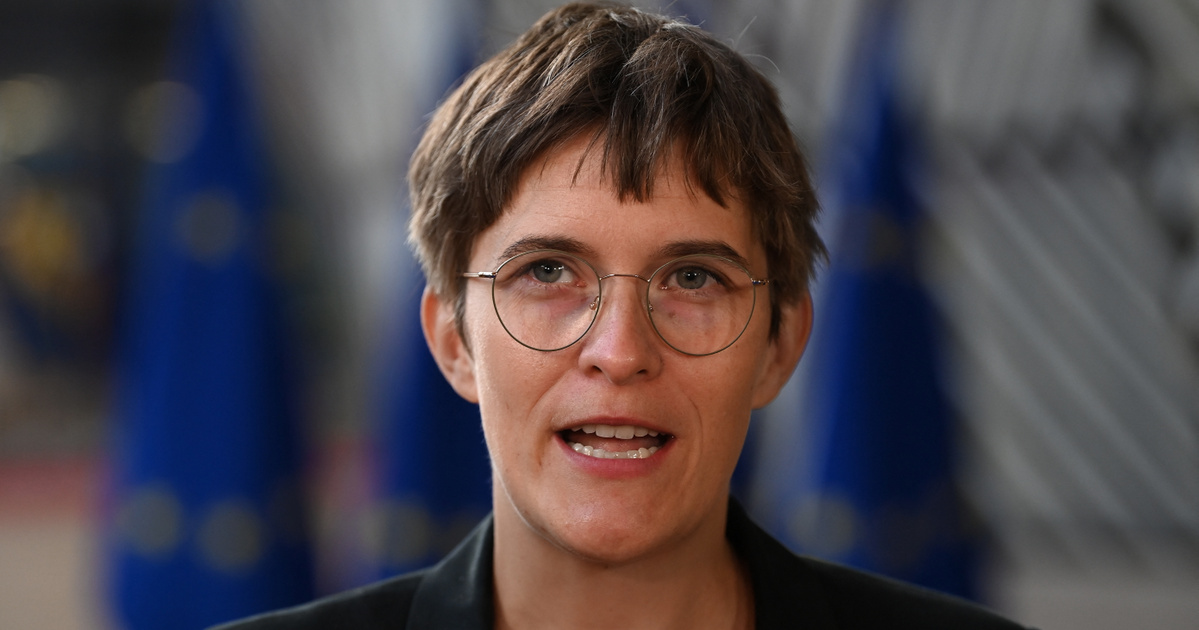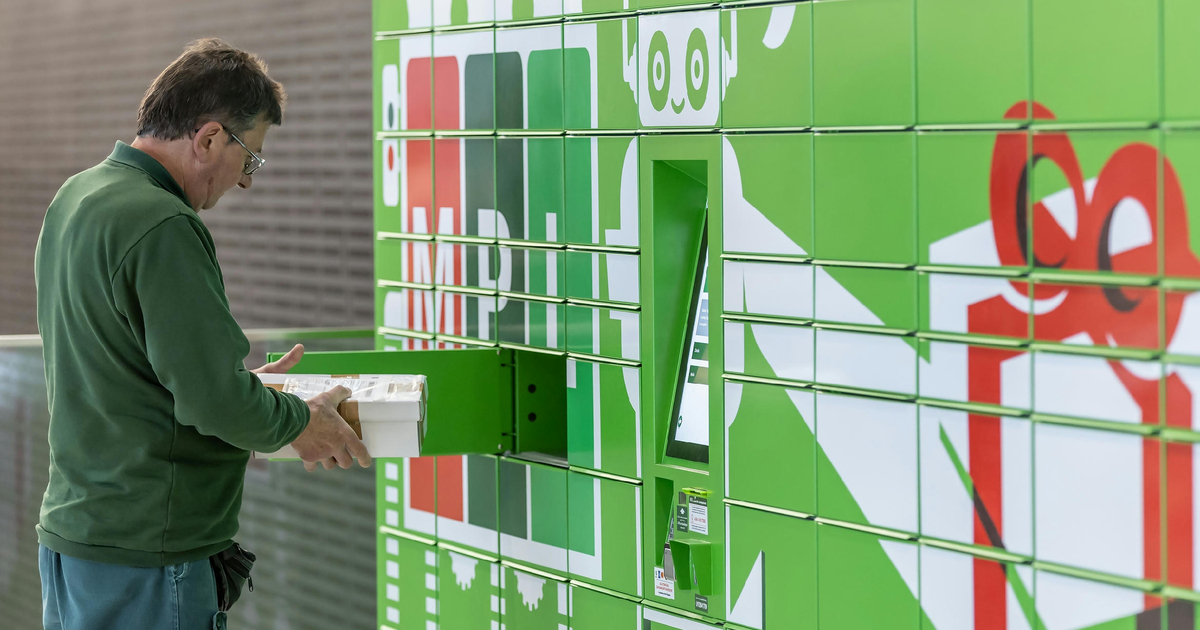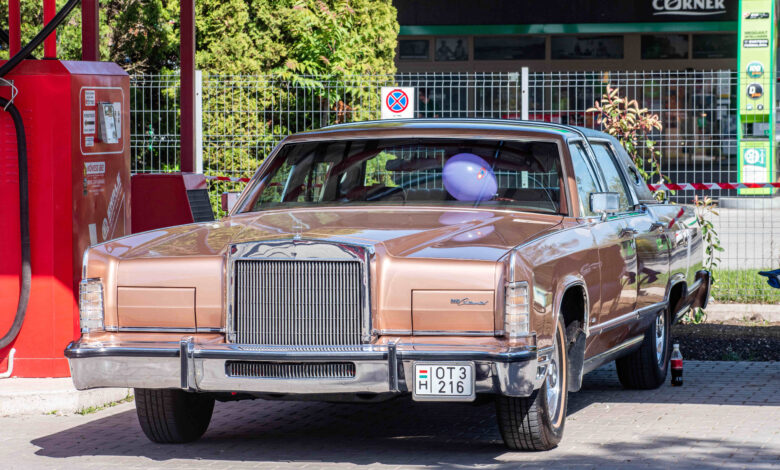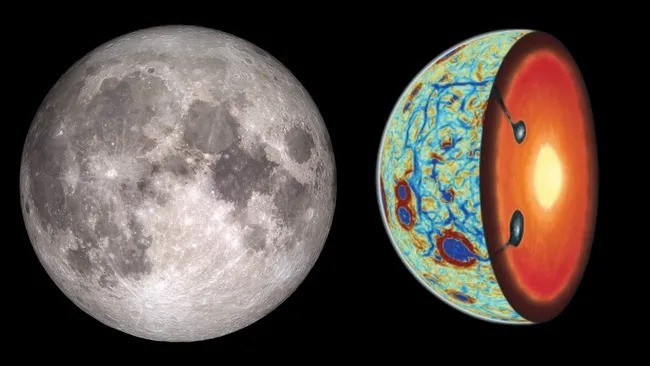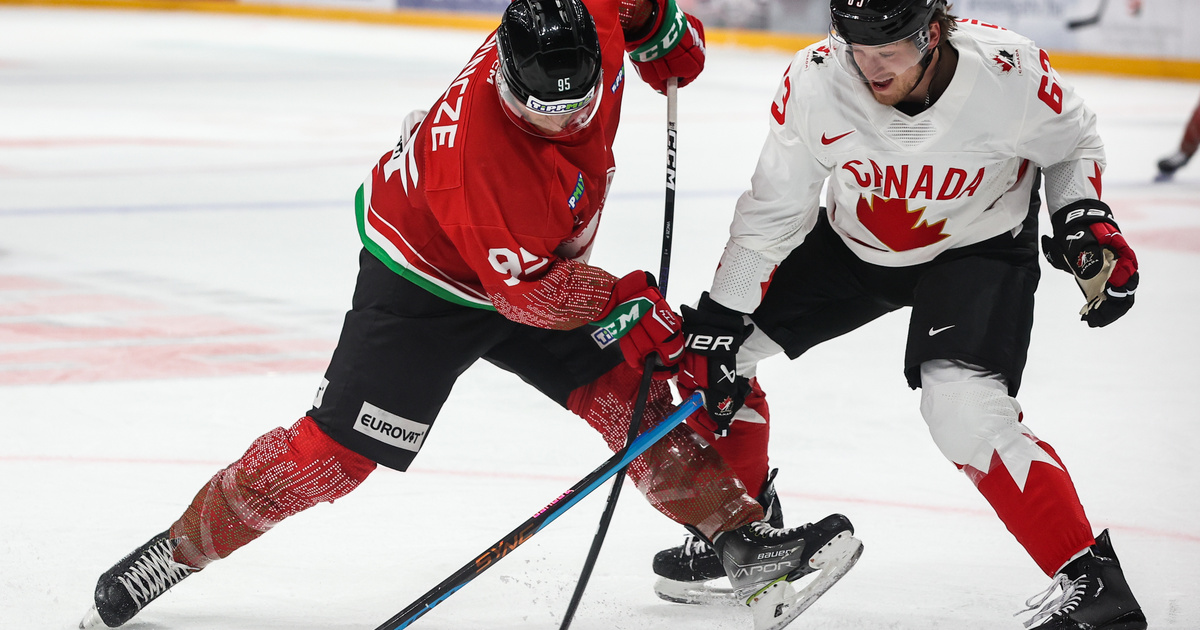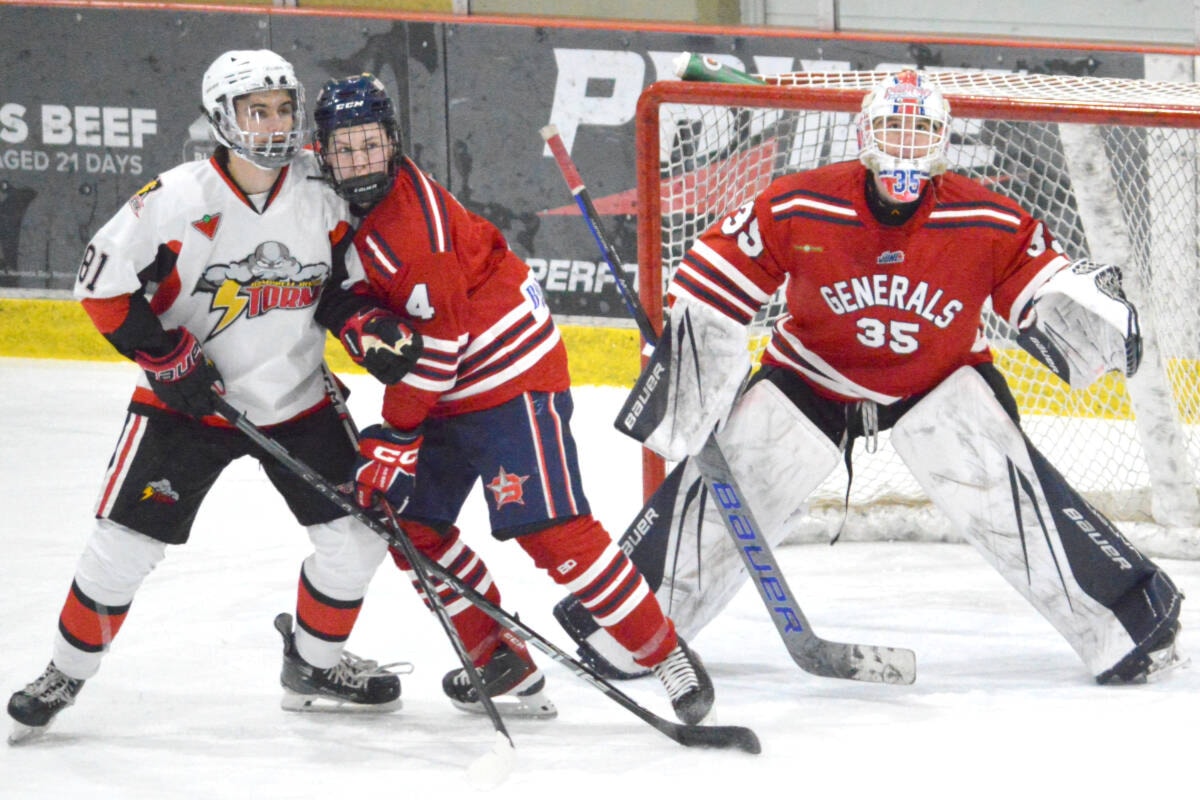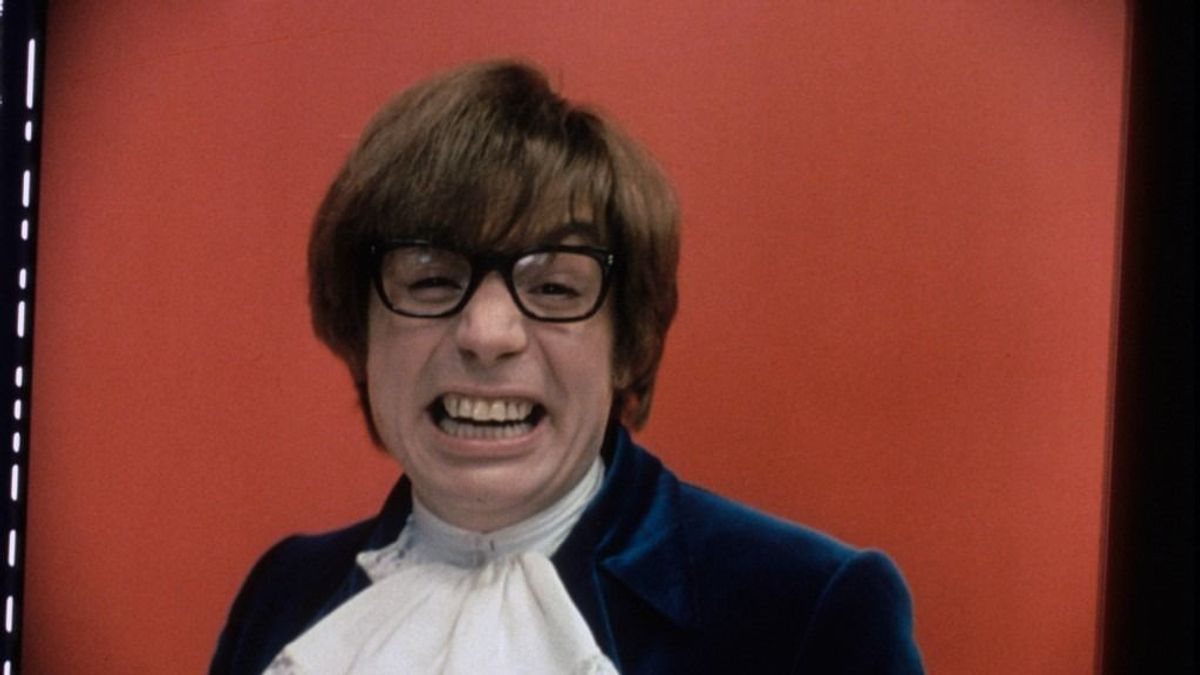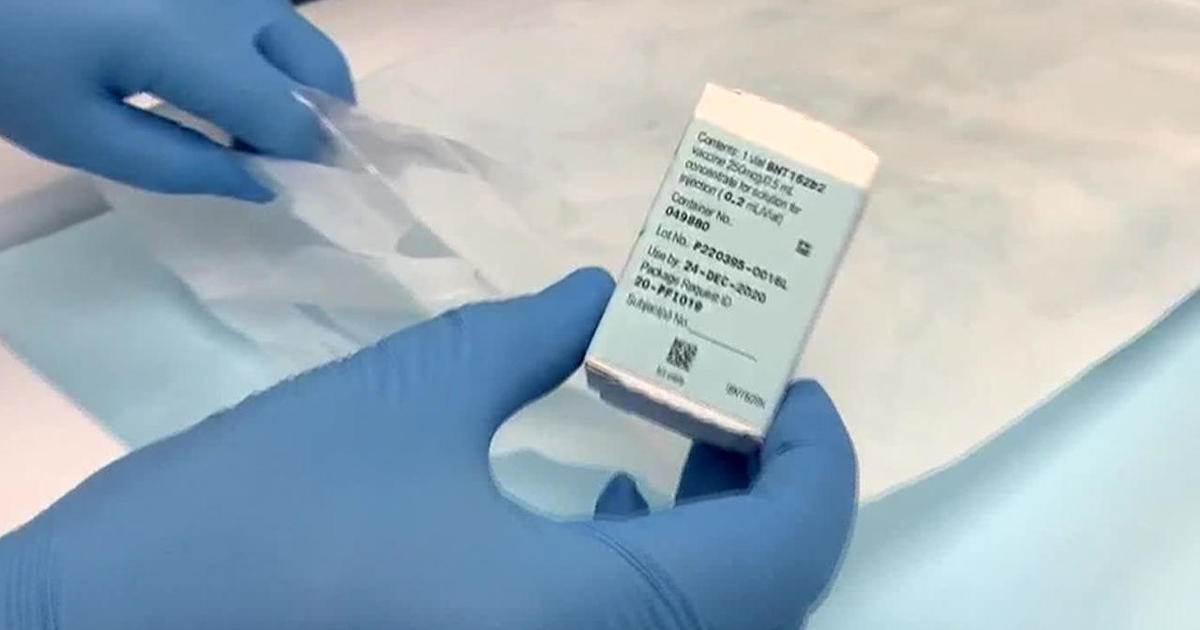Even if all goes according to the federal government’s plan to roll out a coronavirus vaccine, many jurisdictions will initially receive only a fraction of the doses they’ll need to cover healthcare workers.
For example, Minneapolis-St. State officials have told the Pool Metro District to expect 19,000 doses, enough to fully vaccinate about 9,500 people, as the vaccine requires a two-dose course 21 days apart. A Twin Cities source says it only needs 57,000 doses to cover frontline healthcare workers.
Earlier this week, the country’s rulers began to know how many doses of the Pfizer COVID-19 vaccine they should expect to receive when shipping begins.
In a document obtained by CBS News, officials in the US vaccine effort, called Operation Warp Speed, said they are targeting December 14 as the day Pfizer’s COVID-19 vaccine will receive an emergency use permit from the Food and Drug Administration. They say 6.4 million doses will be ready for shipment within 24 hours of emergency approval.
The number of doses a state receives will depend on its population of 18 years or older.
Maine Gov. Janet Mills, a Democrat, has expressed disappointment at the number of doses her state will receive in the initial federal allocation of the Pfizer vaccine. Doses of about 12,000 doses will cover about 6,000 people, which is about a third of health care workers in the state.
“It’s a real concern,” said Mills in a call with the White House Coronavirus Task Force this week because “our healthcare staff here, as it is everywhere, is already squeezed, and the healthcare system is kind of collapsing due to a lack of staff. “. .
During the call, Gustav Perna, chief executive of Operation Warp Speed, warned the referees that their projected allocation was preliminary and will be finalized upon granting the emergency permit.
Moderna will roll out the following week, on December 22, if this vaccine is granted emergency clearance. It also calls for a two-dose course.
Governors will decide who receives the first doses. that Advisory Committee for the Centers for Disease Control Voted Tuesday to recommend the vaccine be given first to frontline healthcare workers and residents of long-term care facilities – but for many states, the vaccine is either one or the other.
A Connecticut official said the state is looking to vaccinate residents in long-term care facilities first because this is where deaths are most common.
“Our nursing homes have been bombed in tragic ways, and we believe that spreading the vaccine to these residents first will have the greatest impact on saving lives,” the official said. The country expects to receive 100,000 doses by the end of the year, with new shipments of Pfizer and Moderna vaccines arriving.
However, there is a problem.
Once the vaccine is received from the federal government, states are responsible for the distribution, which is an expensive endeavor. Many states rely on state and local aid funding stipulated in the CARES Act, but the funds expire at the end of the year and Congress has yet to approve the extension.
According to Dr. Marcus Blicia, chief medical officer for the Association of State and Territory Health Officials, which represents the interests of public health agencies across the country, states need funding for three major parts of distribution: staffing to administer the vaccine, IT systems to track vaccines and doses, and public relations campaigns to convince The audience participates. Without federal assistance, Blicia says, states will be much slower to distribute the vaccine.
“Our membership has run out of patience,” said Dr. Plicia. “We can roll out this vaccine without additional funding, but it will take years. It’s very frustrating for people in the states that we spent billions of dollars developing this vaccine and pushing it forward, and now Congress is switching things up.”
Officials in five states told CBS News they were concerned about the consequences.
“It really should have been done a few weeks ago,” a Utah official said of the need for new funding. “The lack of action has caused confusion in the states. With the deadline for spending being December 30th, there will be significant costs left to the states.”
Without new federal funding, officials say there will be fewer vaccination sites, and they will need more reliance on already cash-strapped health systems to administer the vaccine.
“It’s critical that Congress provide financial assistance to support the distribution of the vaccine,” said Jackie Farwell of the Maine Department of Health and Human Services. “We are still studying what we will do without this support and planning for all contingencies, but federal funding is vital to the success of this important mission.”
Other states suspect they will see another cash injection from the federal government to help defray distribution costs.
“We depend on the feds to supply the vaccine, but we are not counting on them for additional funding for logistics,” said a Virginia official, who then added. “However, we will take money if I offer it.”
House Speaker Nancy Pelosi and Senate Minority Leader Chuck Schumer on Wednesday indicated their support for a bipartisan bipartisan coronavirus relief plan. That would include aid To state and local governments. It is not clear whether the White House will support it.
Governor Andrew Cuomo announced that New York will receive an initial delivery of sufficient initial doses of the COVID-19 vaccine for 170,000 New Yorkers on December 15 and expects more allocations from Pfizer and Moderna later in the month.
Although the vaccine allocation was a “welcome” news, Cuomo criticized the federal vaccination plan for not only “condoning black, brown, and impoverished communities, but its data-sharing provisions will discourage an undocumented community from getting vaccinated.”
Not every state is prepared to disclose the expected number of doses it will receive.
“At this time, we did not obtain a proper allocation number,” Pennsylvania officials said in a statement. “Among the reasons, the proposed vaccines did not obtain permission to use the emergency, and thus the safety and effectiveness of different population groups has not been determined.”
Sarah Cook contributed to this report.

